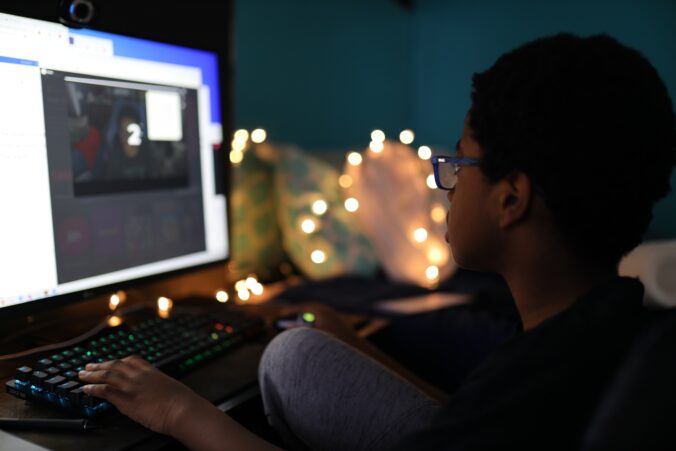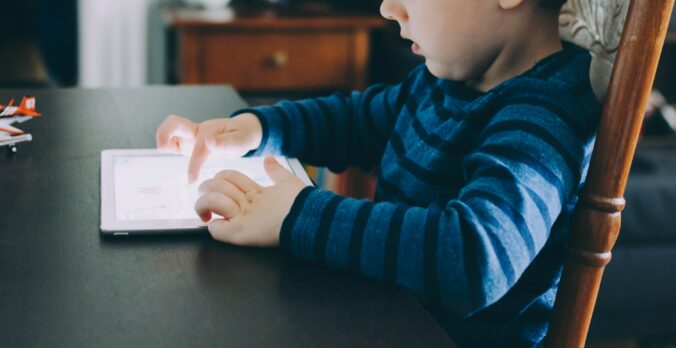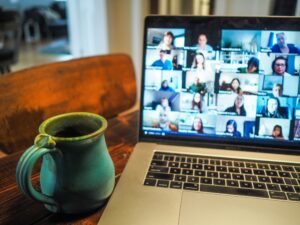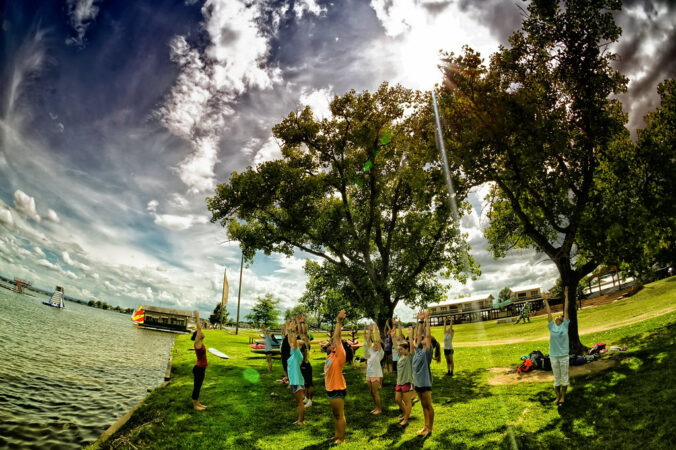According to an article written by Sophie Domingues‐Montanari, screen time significantly affects psychological development and physiological development. As far as psychological development goes, screen time can affect children’s cognitive abilities. Although, it is clear that some tv shows can help with learning and co-viewing with adults can be beneficial (Domingues-Montanari, 2017). Additionally, television viewing can negatively affect cognitive and social emotional development, leading to poorer mental health in adolescence (Domingues-Montanari, 2017). With physiological development there can be negative effects on physical strength and general health, diet and obesity, and sleep (Domingues-Montanari, 2017). An article by Lissak backs up the claims on the effects of screen time on sleep. Having a poor sleep can affect children negatively in many ways, including physical and mental functioning, risk-taking behaviour, and school performance (Lissak, 2018). There are many findings from infancy to adolescence that showcase the effects between sleep and screen time. All developmental stages show that sleep disturbances in relationship to too much screen time are linked to internalizing, externalizing, and peer problems. To add to this, late night TV viewing is associated with decreased sleep duration (Lissak, 2018).
There are many factors where digital media seems to affect sleep including: displacing other activities, time of use, media type, media content, and location (Lissak, 2018). When screen time replaces physical activity there is a shortening sleep duration and quality. Screen time effects on sleep can also be subjective to the time of day it is being used, for example evening and night time exposure to blue light can suppress melatonin, causing a disruption in the circadian rhythm. TV viewing can also have a larger effect on sleep because passive TV watching can be associated with sleep disturbances. Cell phone usage can emit audible notifications that can cause inadequate sleep. Video game usage is another type of media that affects sleep because the arousal can disturb bedtime relaxation, leading to a shortened sleep time. Social media can also be harmful to sleep because the mix of bright light and excitement provoking tasks can cause psychophysiological arousal. Location of media is also detrimental because when devices are placed in children’s bedrooms, there are delayed bedtimes, shorter sleep durations, increased bedtime resistance, and higher level of sleep disturbances (Lissak, 2018).
Another huge negative effect of screen time is vision issues. Glare, poor lighting, and improper viewing settings can result in eye fatigue, blurred vision, eye dryness, headaches, and discomfort (Lissak, 2018). Studies show that video games have a connection to vision because children who play video games more than 30 mins every day are more likely to get headaches, dizziness, and eye strain (Lissak, 2018).
We will also discuss the effects of screen time on depression and ADHD. There is a link between depression and suicidal behaviour in adolescents and digital media usage of over two hours per day (Lissak, 2018). Sleep disturbances can develop depressive symptoms and suicidal behaviour, and so sleep is a factor in linking nighttime screen use to depressive symptoms. Negative mood, suicidal tendencies, and self-injury are also related to mobile phone dependency, frequent message sending, and prolonged worry about not receiving messages (Lissak, 2018). There is also a large association between ADHD and screen time. Screen time can hinder appropriate activities to stimulate cognitive abilities and long attention span (Lissak, 2018). ADHD is also a primary predictor for the development of Internet addictive behaviour (Lissak, 2018).
It is clear there are many cons and risks to screen time, although with the right use of screen time children can thrive. In an article by Przybylski and Weinstein, the goldilocks hypothesis is described. This hypothesis suggests that small moderate amounts of screen time are ok and could be possibly beneficial (Przybylski & Weinstein, 2017). Too much increases the risk of harm. This is just like the story about Goldilocks who finds too little porridge may not satisfy our needs but too much can be harmful. We need to find the amount of screentime that is just right, and this is likely two hours or less per day (Przybylski & Weinstein, 2017).
An article by Dr. Sally I’Anson states the pros of digital media on academic success. I’Anson suggests that technology can be used to teach children something and increase learning opportunities (I’Anson, n.d.). In a survey conducted involving teachers, 80% thought that students need to be engaged in mobile learning outside of school to be successful. Technology is critical for engaging students with access to information. For example, when students are able to see their grades online they may be more likely to take personal responsibility for their assignments without waiting to get their grades until the end of the quarter/semester (I’Anson, n.d.). Teachers also feel technology is key for classroom management. Innovation, technology-based approaches can unify classrooms and save time. Having an online space for grading, attendance, learning management, and assessment would be beneficial for student performance and improving student achievement. Instead of being concerned with screen time, we can looking for educational technology to improve student engagement and learning (I’Anson, n.d.).
Overall, there are many cons and some pros to technology. It is important to note the risks of screen time on children so that we can do our best to mitigate these risks. Although, as long as screen time is used in moderation, we should not have to worry about the development of children. Technology can be used for good as long as we are using it for knowledge purposes and in moderation.
References
Domingues-Montanari, Sophie. (2017, February 6). Clinical and Psychological Effects of Excessive Screen Time on Children. Wiley Online Library. https://onlinelibrary-wiley-com.ezproxy.library.uvic.ca/doi/full/10.1111/jpc.13462
L’Anson, Sally. (n.d.). Afraid Your Students Have Too Much Screen Time? The Learning Counsel.
https://thelearningcounsel.com/article/afraid-your-students-have-too-much-screen-time
(https://www.edutopia.org/article/students-need-learn-manage-their-own-screen-time
Lissak, G. (2018, July). Adverse Physiological and Psychological Effects of Screentime. Science Direct. https://www-sciencedirect-com.ezproxy.library.uvic.ca/science/article/pii/S001393511830015X?via%3Dihub#s0010
Przybylski & Weinstein. (2017). A Large-Scale Test of the Goldilocks Hypothesis. Association for Psychological Science. https://journals.sagepub.com/doi/pdf/10.1177/0956797616678438












